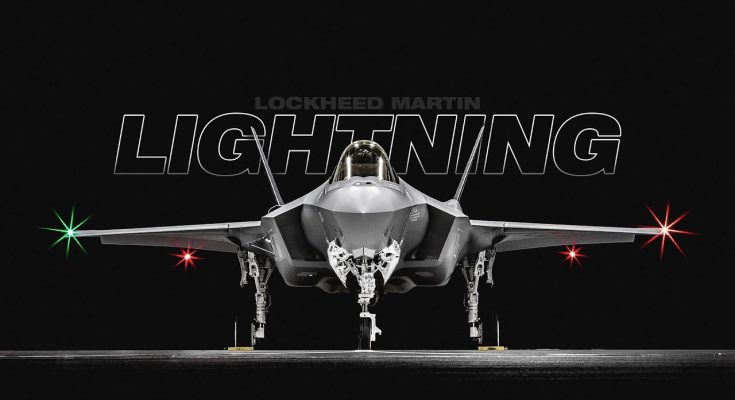Lockheed Martin F-35 Lightning II: The Pinnacle of Modern Fighter Aircraft
The Lockheed Martin F-35 Lightning II is a fifth-generation multi-role fighter aircraft designed to meet the needs of modern air forces and navies. Its development, which began in the late 1990s, aimed to create an affordable, versatile, and technologically advanced aircraft for a variety of roles, from air superiority to ground attack, intelligence gathering, and close air support. The F-35 is an essential asset for several nations around the world, combining stealth, speed, and advanced avionics to dominate the modern battlefield.
Design and Development
The F-35 program was initiated by the United States Department of Defense as part of the Joint Strike Fighter (JSF) program to develop a family of fighter aircraft that could meet the needs of both the U.S. and allied nations. Lockheed Martin was awarded the contract to develop the F-35, which would come in three distinct variants: the F-35A for conventional takeoff and landing (CTOL), the F-35B for short takeoff and vertical landing (STOVL), and the F-35C for carrier-based operations. This modular approach was intended to provide a flexible and cost-effective solution for a wide array of military branches.
The aircraft is powered by a Pratt & Whitney F135 engine, capable of generating up to 43,000 pounds of thrust. The F-35’s design incorporates advanced stealth technology, including its low radar cross-section (RCS), which makes it difficult for enemy radar systems to detect. The combination of stealth and speed allows the F-35 to operate in highly contested environments, where avoiding enemy detection is crucial for mission success.
Key Features and Capabilities
The F-35 stands out due to its advanced avionics suite and integrated sensor fusion. The aircraft’s AN/APG-81 radar provides long-range detection and tracking of targets, while its Distributed Aperture System (DAS) offers 360-degree coverage for targeting and threat detection, giving pilots unparalleled situational awareness. The electro-optical targeting system (EOTS) and advanced cockpit display systems further enhance the pilot’s ability to engage targets effectively.
Stealth technology is perhaps the most well-known feature of the F-35. The aircraft’s low observable design helps it avoid detection by both radar and infrared sensors, making it particularly effective for operations in hostile airspaces. The aircraft’s advanced sensors, coupled with its stealth capabilities, allow the F-35 to perform intelligence, surveillance, and reconnaissance (ISR) missions while maintaining a high level of survivability.
In addition to its stealth and sensors, the F-35 is designed for interoperability with other allied forces. It can communicate and share data with other aircraft and ground units, creating a networked battlefield where assets can work together seamlessly. This ability is a crucial advantage in modern warfare, where joint operations between air, ground, and naval forces are increasingly common.
Operational Use
The F-35 is already operational with numerous air forces and naval forces worldwide, including the U.S. Air Force, U.S. Navy, U.S. Marine Corps, and several allied nations, including the United Kingdom, Israel, Japan, and Australia. The aircraft has been employed in combat missions, humanitarian efforts, and training operations, showcasing its versatility and readiness for real-world scenarios.
One of the standout features of the F-35 is its ability to perform multi-role missions, making it highly adaptable to various operational requirements. Whether performing air-to-air combat, precision strikes, or intelligence gathering, the F-35 can seamlessly transition between different roles depending on the needs of the mission.
Conclusion
The Lockheed Martin F-35 Lightning II represents the future of aerial combat and military operations. Its combination of advanced stealth, superior avionics, and multi-role versatility makes it an invaluable asset for modern armed forces. As global security challenges continue to evolve, the F-35’s ability to adapt and maintain superiority in contested environments will ensure its place as one of the most advanced and capable fighter aircraft in the world for years to come.



